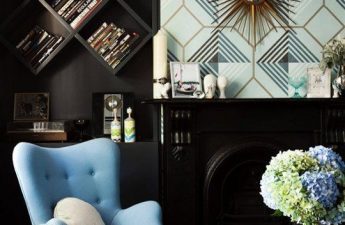Are you going to change the tile in the bathroom or in the kitchen? Classical styling has already become boring, but do not know how to lay the tile differently? Then look at our guide to the most popular and relevant schemes for laying tiles. Tiles are one of the most popular finishing materials. First, it has excellent technical characteristics: strength, durability, ease of maintenance and resistance to moisture and temperature changes. Secondly, the tile is so diverse that it is suitable for absolutely any style: it can be monophonic, patterned, shiny, convex, smooth, under a stone and under a tree ... You can continue indefinitely. But to choose in such a variety what is needed is only half the case. That's why today's material is dedicated to how the chosen tile can be laid. 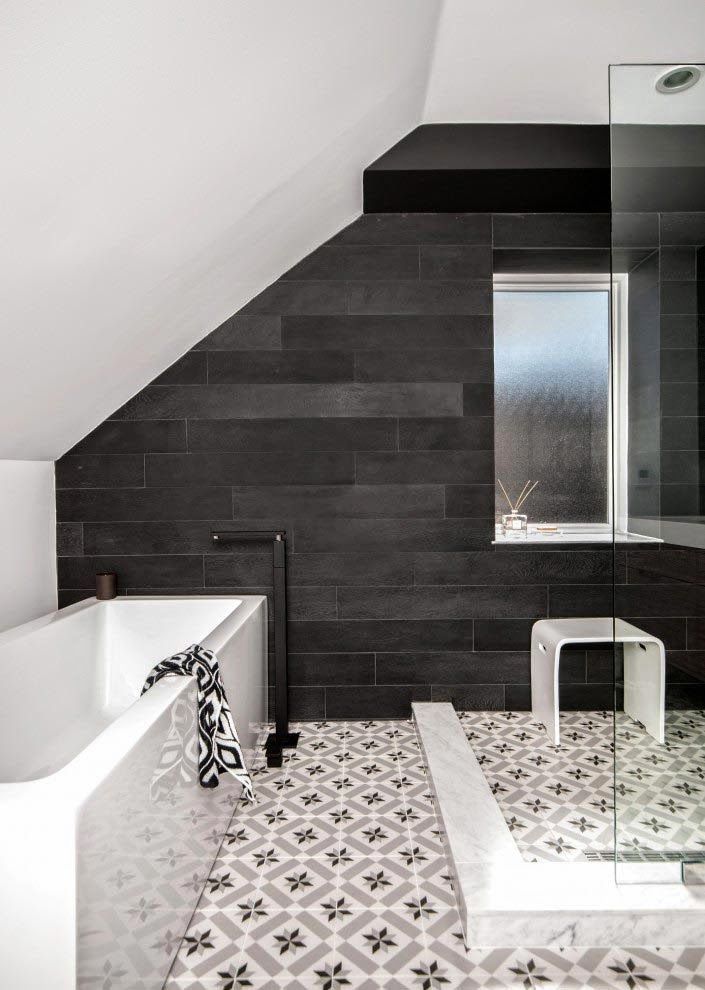
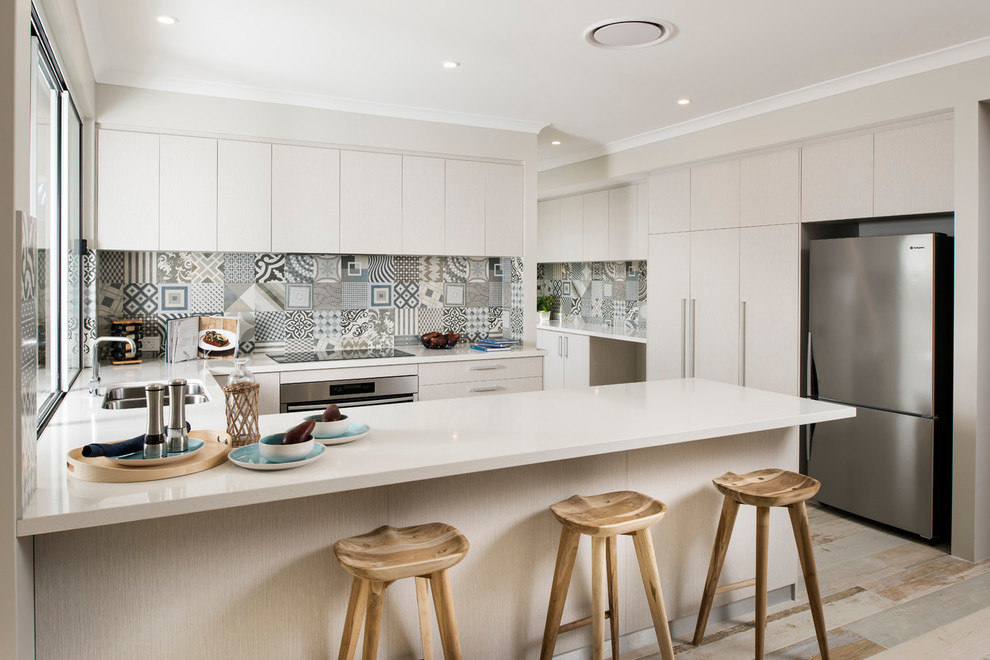 Diagonal Laying diagonally is one of the mostchallenging, but worth the effort. It has several advantages at once: visually increases the space, hides surface defects and makes it possible to create a beautiful pattern. For diagonal laying, it is better to take a square tile. It is laid in the same way as in the traditional version, but at an angle of 45 degrees.
Diagonal Laying diagonally is one of the mostchallenging, but worth the effort. It has several advantages at once: visually increases the space, hides surface defects and makes it possible to create a beautiful pattern. For diagonal laying, it is better to take a square tile. It is laid in the same way as in the traditional version, but at an angle of 45 degrees. 
 Imitation of weaving A very interesting way of styling- imitating basket weaving. It looks best in a two-color or one-color version and comes in two types. In a simpler version, only rectangular tiles are used. For a more complex scheme, you will need rectangular and square pieces. To make their ratio harmonious, select the tile so that the square is half of the rectangular. Two-tone tiles look especially good on the floor, while a simple one-tone installation scheme is suitable, for example, for a backsplash.
Imitation of weaving A very interesting way of styling- imitating basket weaving. It looks best in a two-color or one-color version and comes in two types. In a simpler version, only rectangular tiles are used. For a more complex scheme, you will need rectangular and square pieces. To make their ratio harmonious, select the tile so that the square is half of the rectangular. Two-tone tiles look especially good on the floor, while a simple one-tone installation scheme is suitable, for example, for a backsplash. 
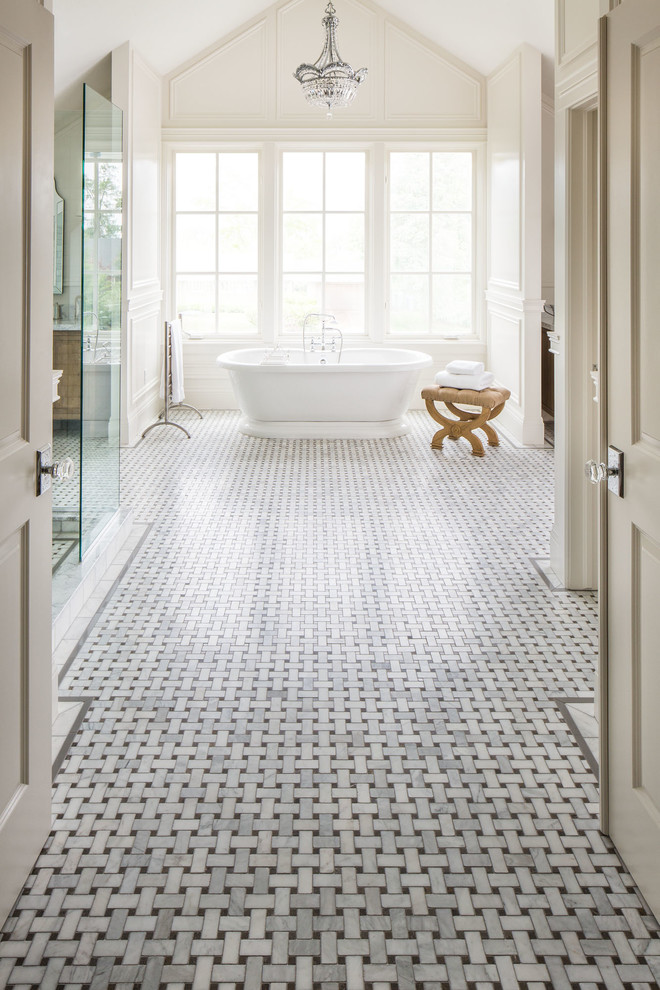 Herringbone styling This pattern is very similar tothe technology of laying ordinary parquet. A narrow rectangular tile is used in this way; you can use one or several colors. For the floor, it is best to take a tile imitating a tree. The herringbone is ideal for rooms with non-parallel walls: this pattern easily hides the defect.
Herringbone styling This pattern is very similar tothe technology of laying ordinary parquet. A narrow rectangular tile is used in this way; you can use one or several colors. For the floor, it is best to take a tile imitating a tree. The herringbone is ideal for rooms with non-parallel walls: this pattern easily hides the defect. 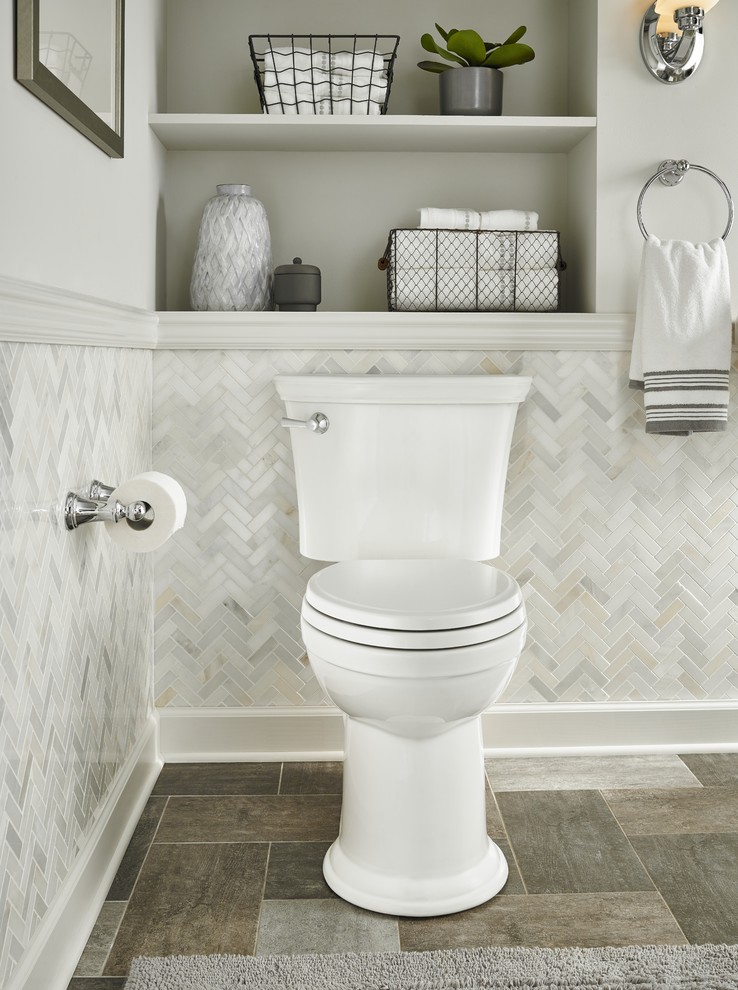
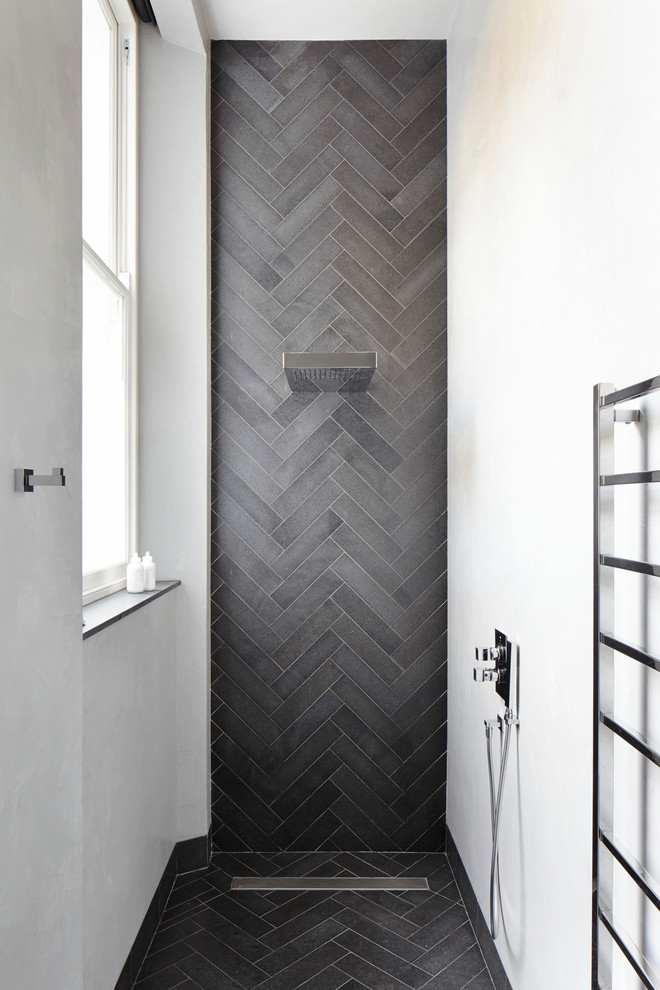 Our opinion:- If the classic herringbone styling seems too simple to you, use its more complex version - with an attachment. The difference is that small square tiles of a contrasting color are added to the scheme. Under a brick In another way, this scheme is called staggering, but non-professionals always associate it with. Available in both horizontal and vertical versions (the second is suitable for walls). It is best to take a single-colored rectangular tile for such a scheme. Laying under a brick is suitable for any premises, but primarily for narrow ones; fits into any style and is combined with wallpaper and other types of tiles.
Our opinion:- If the classic herringbone styling seems too simple to you, use its more complex version - with an attachment. The difference is that small square tiles of a contrasting color are added to the scheme. Under a brick In another way, this scheme is called staggering, but non-professionals always associate it with. Available in both horizontal and vertical versions (the second is suitable for walls). It is best to take a single-colored rectangular tile for such a scheme. Laying under a brick is suitable for any premises, but primarily for narrow ones; fits into any style and is combined with wallpaper and other types of tiles. 
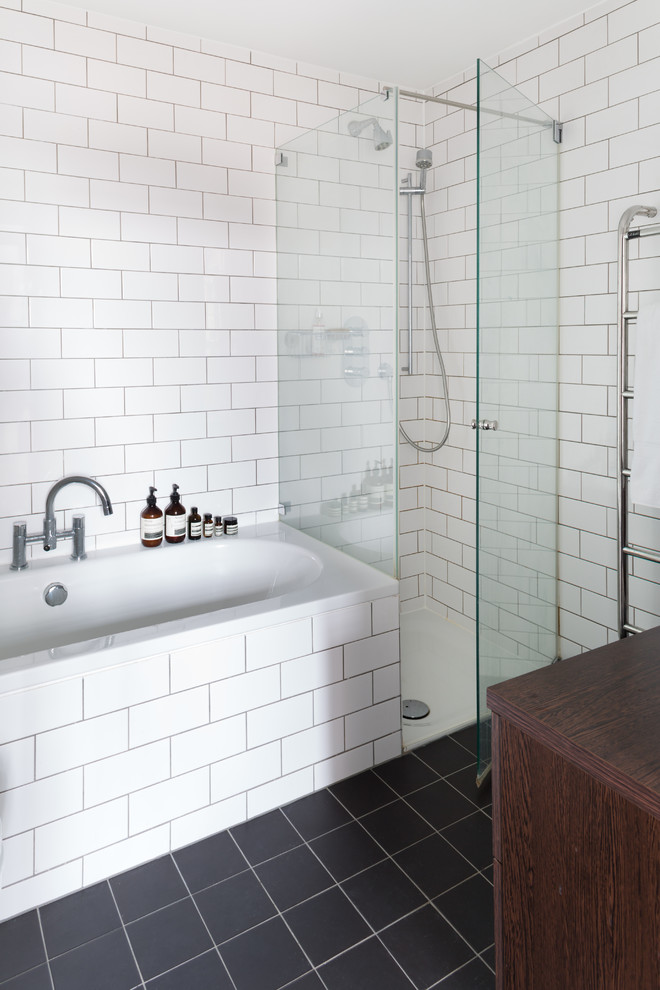 Mosaic Mosaic styling gives limitlessroom for creativity. The scheme itself is simple and unchanged: the mosaic is made up of small pieces, most often squares. But the "filling" depends on you: it can be completely monochromatic, or it can become a complex pattern. In modern interiors, you can turn mosaics into pixel art or lay out whole phrases from it.
Mosaic Mosaic styling gives limitlessroom for creativity. The scheme itself is simple and unchanged: the mosaic is made up of small pieces, most often squares. But the "filling" depends on you: it can be completely monochromatic, or it can become a complex pattern. In modern interiors, you can turn mosaics into pixel art or lay out whole phrases from it. 
 Versailles This pattern has many names, but they are all inultimately associated with France, and therefore Versailles is the most famous of them. Such styling presupposes the appearance of a symmetrical, clear, very graceful pattern, which could be seen on the floor of the Palace of Versailles centuries ago. There are usually four different types of tiles in different sizes used for this installation. In life, it is most often found in wide open spaces and in public interiors, although it is no worse for private premises.
Versailles This pattern has many names, but they are all inultimately associated with France, and therefore Versailles is the most famous of them. Such styling presupposes the appearance of a symmetrical, clear, very graceful pattern, which could be seen on the floor of the Palace of Versailles centuries ago. There are usually four different types of tiles in different sizes used for this installation. In life, it is most often found in wide open spaces and in public interiors, although it is no worse for private premises. 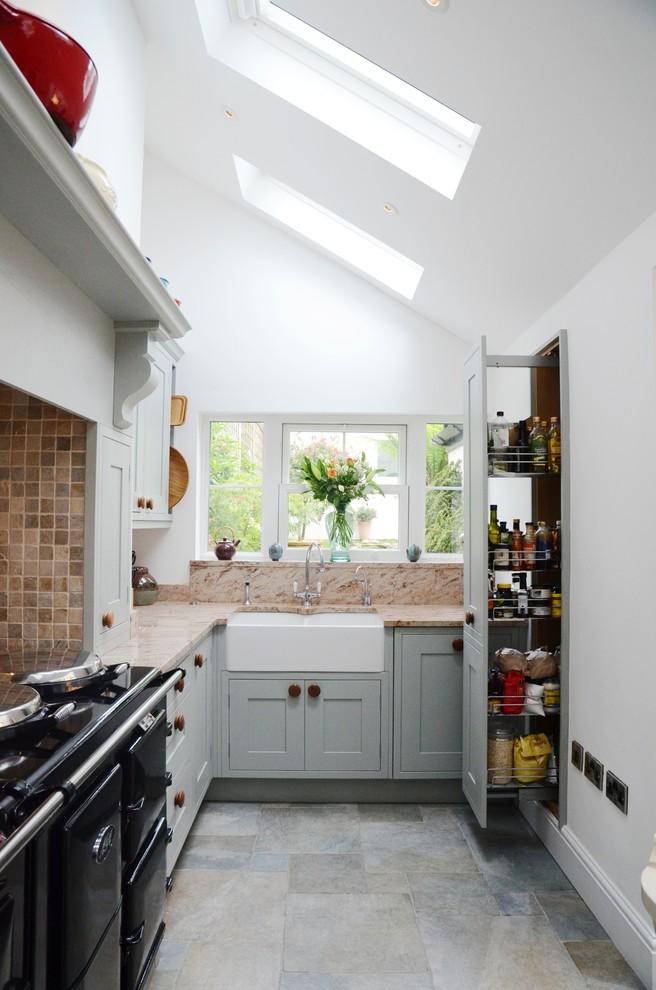
 Checkerboard It would seem that fashionable inlarge cage? Believe me - that's it. Firstly, the contrasting classic combination suits bright elements very well and enlivens any space. Secondly, in the modern interpretation, a checkerboard pattern does not have to be an ensemble of white and black colors. For example, you can replace the latter with a muted gray color, thereby obtaining a neutral, but at the same time very interesting background for the interior.
Checkerboard It would seem that fashionable inlarge cage? Believe me - that's it. Firstly, the contrasting classic combination suits bright elements very well and enlivens any space. Secondly, in the modern interpretation, a checkerboard pattern does not have to be an ensemble of white and black colors. For example, you can replace the latter with a muted gray color, thereby obtaining a neutral, but at the same time very interesting background for the interior. 
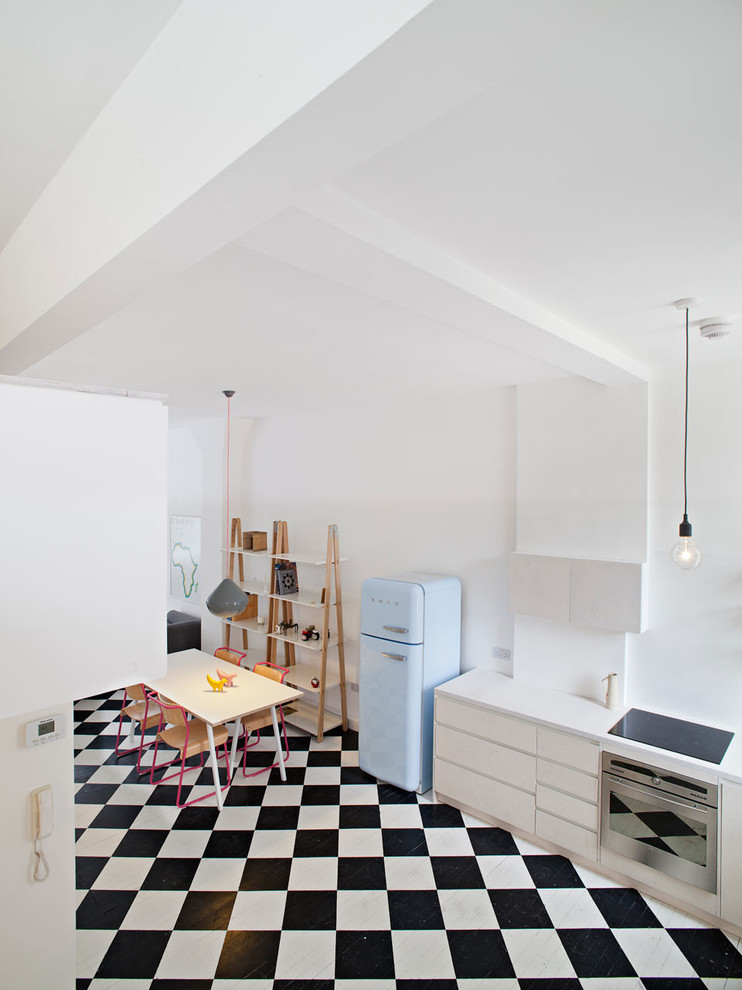 Mill Mill - one of the varietiespopular pattern called modular grid. It is an irregular pattern of tiles of different sizes and, in turn, is divided into subspecies. The most interesting of them is the mill. Suitable for almost any room and style, but if you are looking for something bright and modern, we recommend choosing small tiles in contrasting colors. In this design, the pattern will turn out to be more abstract and less like a boring traditional tile.
Mill Mill - one of the varietiespopular pattern called modular grid. It is an irregular pattern of tiles of different sizes and, in turn, is divided into subspecies. The most interesting of them is the mill. Suitable for almost any room and style, but if you are looking for something bright and modern, we recommend choosing small tiles in contrasting colors. In this design, the pattern will turn out to be more abstract and less like a boring traditional tile. 
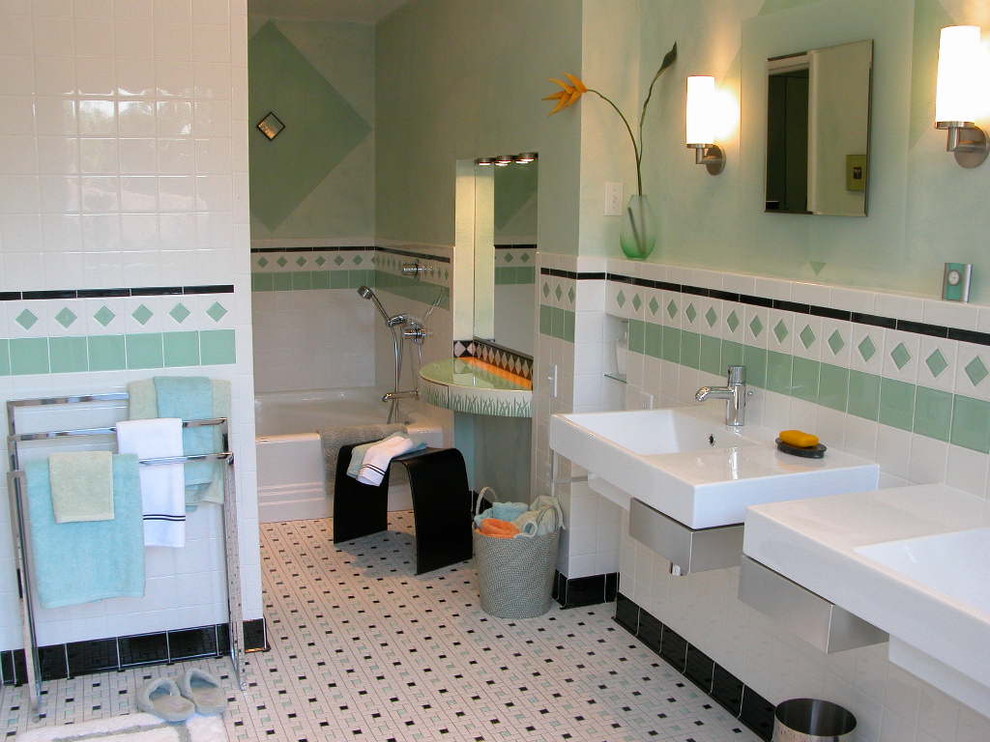 Patchwork The fact that patchwork is the same -has long gone beyond needlework, everyone knows. Surprisingly, despite its long history, this technique remains as popular today. The installation scheme is very simple: you need tiles with different patterns and your own imagination. As for the uniformity of the pieces, you can take tiles of the same or different sizes.
Patchwork The fact that patchwork is the same -has long gone beyond needlework, everyone knows. Surprisingly, despite its long history, this technique remains as popular today. The installation scheme is very simple: you need tiles with different patterns and your own imagination. As for the uniformity of the pieces, you can take tiles of the same or different sizes. 
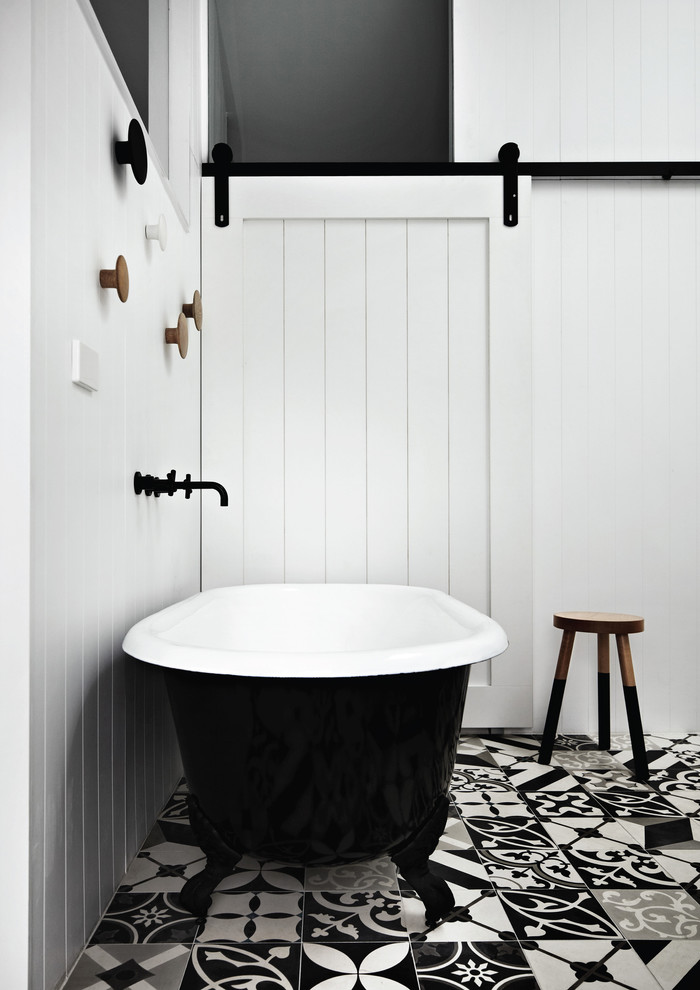 Our opinion: - Try to experiment not only with the pattern and size, but also with the form. So, for example, in the patchwork technique it will be very interesting to look hexagonal tile.
Our opinion: - Try to experiment not only with the pattern and size, but also with the form. So, for example, in the patchwork technique it will be very interesting to look hexagonal tile.
9 most popular ways of laying tiles - etk-fashion.com


